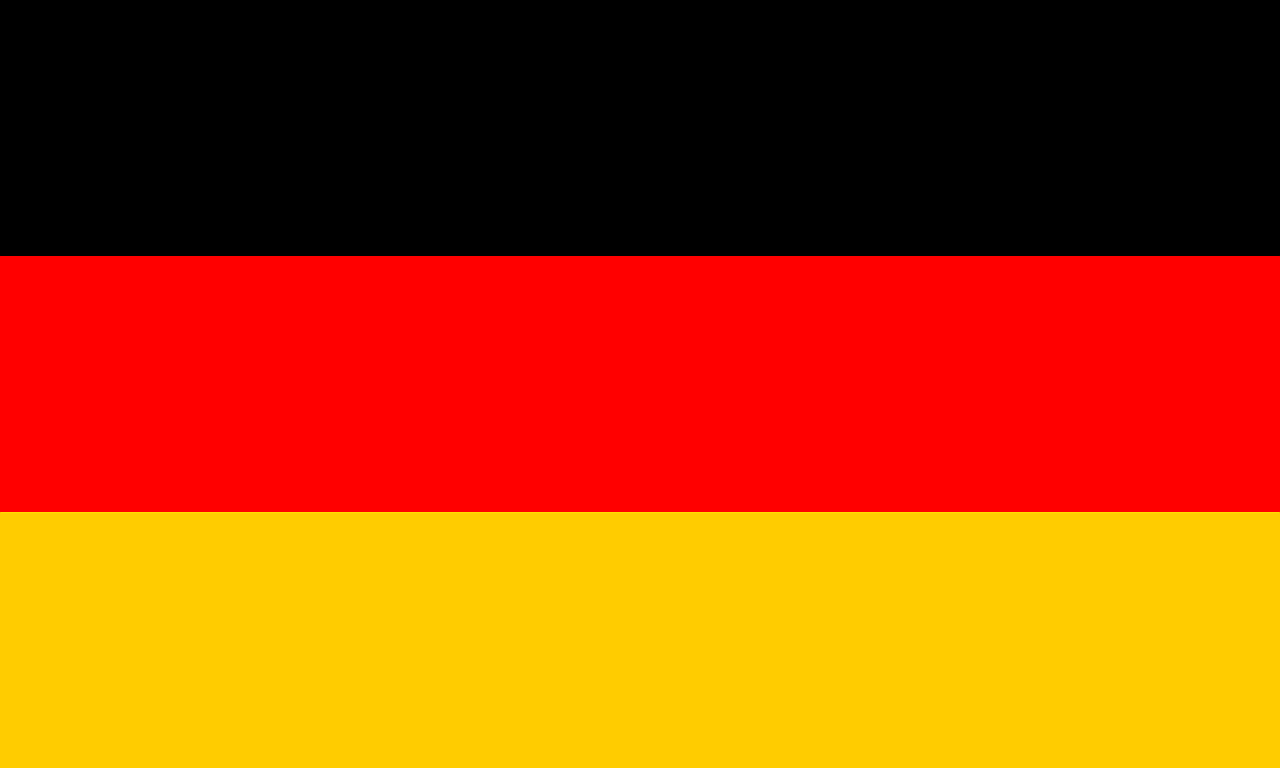Introducing GERMANY
Currency
Euros
Languages
German
Time Zone
25/04/24
12:58 AM
Germany
plays a significant role in the economic, political, and defense institutions
on the continent as the continent with the greatest economy and second-highest
population (after Russia). Germany was engulfed in two terrible world wars in
the first part of the 20th century as a result of European power conflicts, and
the victorious Allied powers of the US, UK, France, and the Soviet Union seized
Germany in 1945. In 1949, two German nations were created as a result of the
Cold War: the western Federal Republic of Germany (FRG) and the eastern German
Democratic Republic (GDR). While the communist GDR was on the front lines of
the Soviet-led Warsaw Pact, the democratic FRG established itself as a
prominent player in the EC (now the EU) and NATO, two important Western
economic and security organizations. German reunification in 1990 was made
possible by the collapse of the USSR and the end of the Cold War. Since then,
Germany has invested a sizable sum of money to raise salaries and productivity
in the East to par with those in the West. A uniform European currency known as
the euro was adopted by Germany and 10 other EU nations in January 1999.
Central Europe, bordering the Baltic Sea and the North Sea, between the Netherlands and Poland, south of Denmark
total: 357,022 sq km land: 348,672 sq km water: 8,350 sq km
temperate and marine; cool, cloudy, wet winters and summers; occasional warm mountain (foehn) wind
84,316,622 (2022 est.)
The German
economy, the largest in Europe and the fifth largest in the world in PPP
values, is a significant exporter of machinery, cars, chemicals, and home
furnishings. Although Germany has a highly trained labor force, it also
confronts severe demographic challenges that could hinder long-term growth. The
country's social assistance system is under increasing strain and fundamental
adjustments are required as a result of low birth rates and a significant rise
in net immigration. Strong economic growth and declining unemployment were a
result of reforms implemented by the government of Chancellor Gerhard SCHROEDER
(1998–2005), which were seen as vital to addressing chronically high
unemployment and poor average growth. These developments, along with a
government-sponsored program to lower working hours, contribute to explaining
why unemployment increased just slightly during the 2008–2009 crisis, the worst
since World War II. The minimum wage in Germany was established in 2015 and
increased to $9.79 (8.84 euros) in January 2017. Germany's total budget
deficit, which includes federal, state, and municipal spending, rose to 4.1% in
2010 as a result of stabilization and stimulus measures implemented in 2008 and
2009 and tax cuts enacted during the second term of chancellor Angela MERKEL.
However, slower spending and higher tax revenues caused the deficit to decline
to 0.8% in 2011 and Germany eventually achieved a budget surplus of 0.7% in
2017. Although the goal was already accomplished in 2012, a constitutional
amendment passed in 2009 limits the federal government to structural deficits
of no more than 0.35 percent of GDP annually as of 2016. Chancellor Angela
MERKEL declared in May 2011 that eight of the nation's 17 nuclear reactors
would be shut down immediately and the remaining facilities would shut down by
2022 in response to the nuclear accident in Fukushima that occurred in March
2011. Renewable energy, which accounted for 29.5% of total electricity
consumption in 2016, up from 9% in 2000, will primarily replace nuclear power
in Germany. Germany relied on nuclear energy for 23% of its electricity-producing
capacity and 46% of its base-load electricity production before the closure of
the eight reactors. Low levels of investment hurt the German economy, and a
government proposal to spend 15 billion euros between 2016 and 2018—mostly on
infrastructure—is meant to encourage the necessary private investment. German
GDP growth is anticipated to be driven by domestic demand, investment, and
exports in 2018, and the nation's trade and budget surpluses are anticipated to
remain sizable.
German
German 86.3%, Turkish 1.8%, Polish 1%, Syrian 1%, Romanian 1%, other/stateless/unspecified 8.9% (2020 est.)
4.98% (2019 est.) 5.19% (2018 est.) country comparison to the world: 76
German (official); note - Danish, Frisian, Sorbian, and Romani are official minority languages; Low German, Danish, North Frisian, Sater Frisian, Lower Sorbian, Upper Sorbian, and Romani are recognized as regional languages under the European Charter for Regional or Minority Languages
Roman Catholic 26.7%, Protestant 24.3%, Muslim 3.5%, other 4.8%, none 40.7% (2020 est.)
0-14 years: 12.89% (male 5,302,850/female 5,025,863) 15-24 years: 9.81% (male 4,012,412/female 3,854,471) 25-54 years: 38.58% (male 15,553,328/female 15,370,417) 55-64 years: 15.74% (male 6,297,886/female 6,316,024) 65 years and over: 22.99% (2020 est.) (male 8,148,873/female 10,277,538)
Flooding
$4,238,800,000,000 (2020 est.) $4,457,050,000,000 (2019 est.) $4,432,430,000,000 (2018 est.) note: data are in 2017 dollars country comparison to the world: 5
0.59% (2019 est.) 1.3% (2018 est.) 2.91% (2017 est.) country comparison to the world: 183
$50,900 (2020 est.) $53,600 (2019 est.) $53,500 (2018 est.) note: data are in 2017 dollars country comparison to the world: 26




